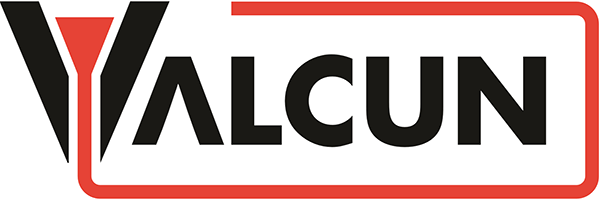Process
Our Technology - Molten Metal Deposition
Molten Metal Deposition (MMD) is our unique single-step metal additive manufacturing technology. Metal wire feedstock is melted and directly extruded to the final part.
Benefits of Molten Metal Deposition:
- Deployable and easy-to-use: it’s a straight forward system with fast ramp-up
- Easy feedstock: Feedstock is commercially available welding wire. No need for expensive metal powder and associated costs or proprietary formulations.
- No debinding: The metal is directly melted and deposited, meaning no binder particles are involved. So no debinding/sintering post-processes are required.
- Support-free parts: Print parts up to 75° overhang and 25 mm bridge, thanks to the controlled solidification.
- Crack-free parts: Printing parts from just over the melting range with low thermal gradients ensures that the parts have negligible residual stress, distortion and cracking issues.
- Low energy consumption: The energy consumed is less than your water kettle at home. This is significantly lower than other Additive Manufacturing technologies.
- Low CAPEX & OPEX: The printers can work in any environment, and do not require expensive operating and maintaining ecosystems.
- Initial aluminum focus: Most Additive Manufacturing technologies are not the best suited for producing aluminum.

In Molten Metal Deposition filament wire is fed by a feeder to the heating chamber. The metal is melted in this heating chamber. The chamber has a nozzle at the bottom through which liquid metal is extruded. The extruded metal fuses with the previous layer (or substrate), building up the part. At the end of the process the part can be easily detached from the substrate.
The technology is developed with high productivity in mind. Don’t be distracted by the buildrate of any AM technology but focus on the global factory output.
MMD technology reduces or eliminates multiple pre- and postprocessing steps. The remaining steps can be completely automated in a lights-out factory.
- Changing substrate takes less than 20 seconds
- Detaching part from substrate in one snap
- No removal of support structures due to the high overhangs and bridging capacity

